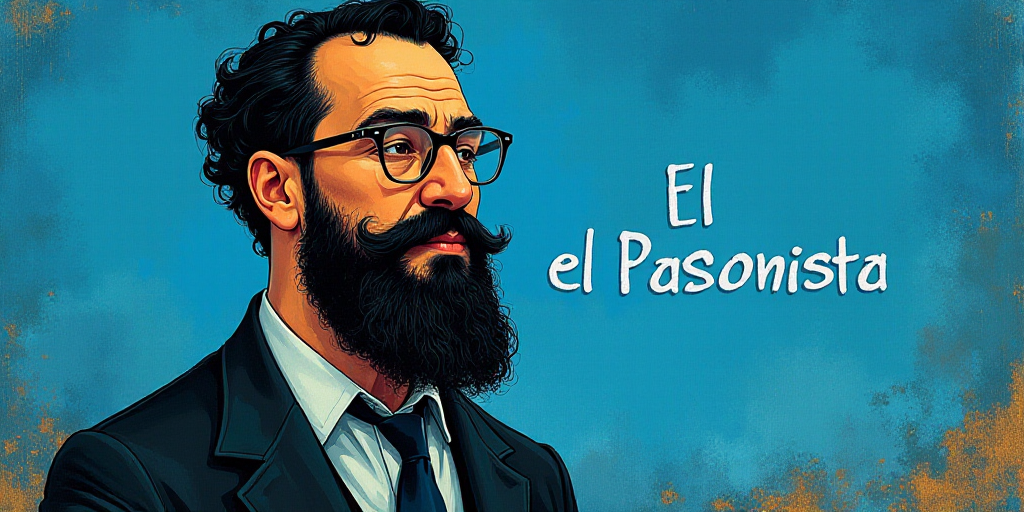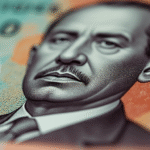Introduction
Organized crime is a near-daily topic in President Claudia Sheinbaum’s morning press conferences, who during her electoral campaign pledged to tackle it from its social causes to its financial networks. However, recent events have brought the issue back to the forefront of national debate: the revocation of a U.S. visa for Morena governor Marina del Pilar Ávila of Baja California, her relocation to the U.S. under apparent protection from that country’s government, and the murders of politicians from various parties.
Global Phenomenon: Organized Crime Expansion
What’s happening in Mexico is part of a global phenomenon: organized crime expands. The UN’s Global Organized Crime Index 2023 reveals that 83% of the world’s population lives in high-crime areas, up from 79.4% in 2021. Interpol’s 2024 report confirms the rise of synthetic drug trafficking, human trafficking, and cybercrime. It also notes that six out of ten people live in countries with low capacity to resist organized crime. It’s a parallel, global, and structural economy.
The True Magnitude of the Enemy
World leaders promise to eradicate organized crime, but from Tokyo to Bogotá, Rome to Washington, one fact remains unchanged: no country has eliminated it.
Organized crime is not just violence or drugs; it’s a system moving approximately $870 billion annually, according to the UN. More than the GDP of Switzerland or Argentina. If a country, it would be the world’s nineteenth-largest economy. This is the true scale of the adversary governments claim to destroy.
Examples of Organized Crime Around the World
Italian mafias invest in European banks. Colombian cartels fragmented but continue exporting cocaine. In Russia, crime blurs with the state. Japan’s Yakuza transitioned from street extortion to financial businesses. In the U.S., after weakening La Cosa Nostra, digital gangs, fraud networks, transnational gangs, and Mexican cartels emerged in key cities.
In Mexico, cartels produce fentanyl and methamphetamine, traffic drugs and people, launder money through Chinese networks, control municipalities, finance political campaigns, export avocados, timber, and gold, and import gasoline.
Sheinbaum’s Government Response
President Sheinbaum’s government has responded more comprehensively than in previous six-year terms. Instead of repeating the militaristic formula, it opted for a dual strategy: address criminal recruitment causes, weaken financial and operational networks, and apprehend crime organization leaders. Programs like universal scholarships and pensions for women have been launched, and security entities operate with internationally trained civilian and military leaders.
Realistic Goals Amidst Government Limitations
Acknowledging that no country has eradicated organized crime recognizes the limitations of governments. The realistic goal is not to eliminate it entirely but to contain its violence, reduce its territorial presence, block its ability to corrupt local governments, and reconstruct communities dominated by fear.
Key Questions and Answers
- Q: What is organized crime? A: Organized crime is a complex system moving vast amounts of money annually, engaging in various illegal activities such as drug trafficking, human trafficking, and cybercrime. It’s not just about violence or drugs but a parallel, global, and structural economy.
- Q: Why is it challenging for governments to eradicate organized crime? A: The true scale of organized crime is immense, with annual movements of around $870 billion. It’s intertwined with legitimate businesses and sometimes even governments, making it difficult to eliminate completely.
- Q: How should governments approach organized crime? A: Instead of aiming to “eliminate” crime—an unrealistic promise—governments should focus on containing its violence, reducing territorial presence, blocking corruption of local governments, and reconstructing communities dominated by fear.






